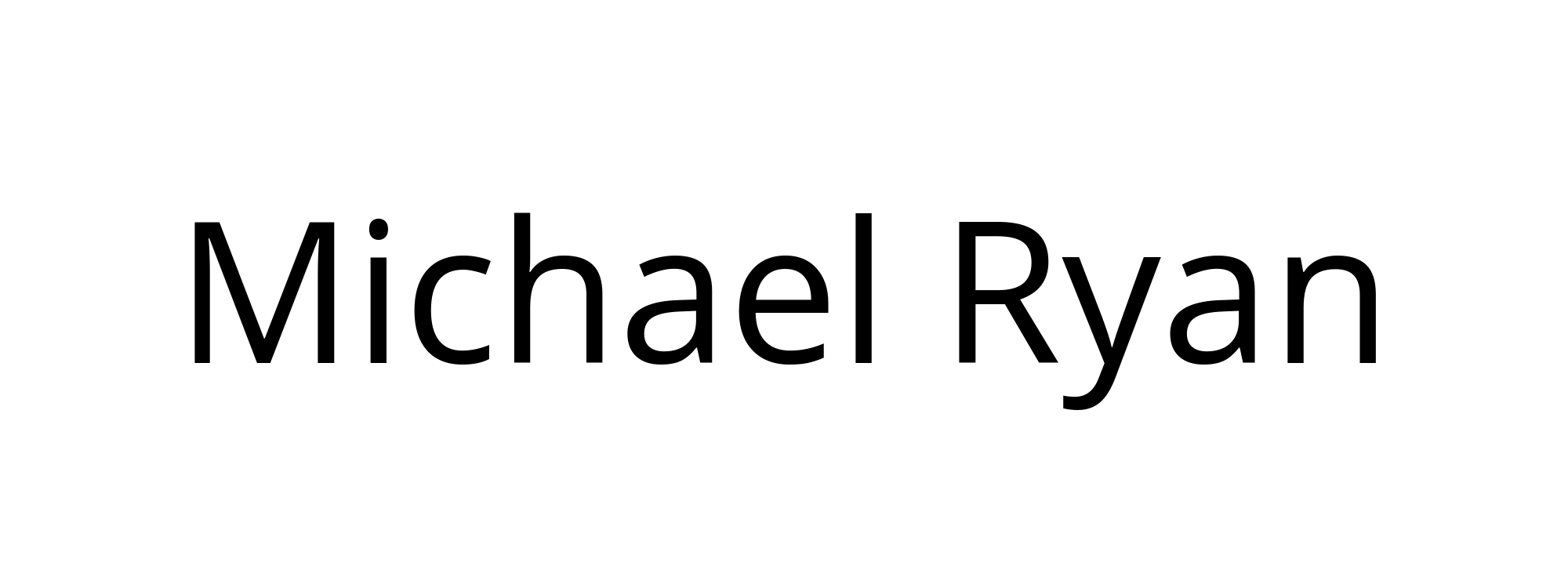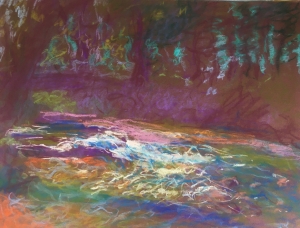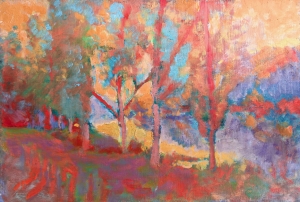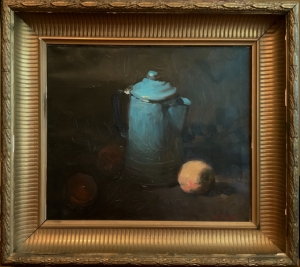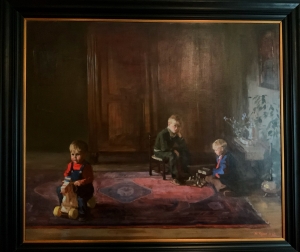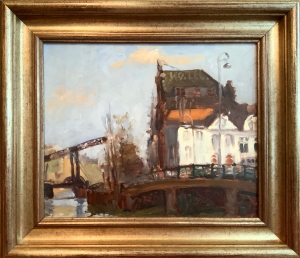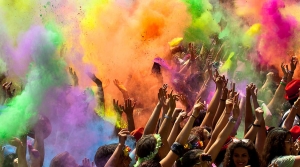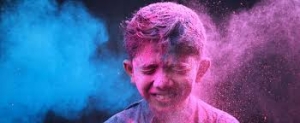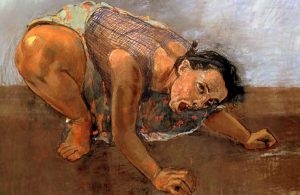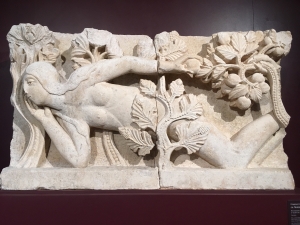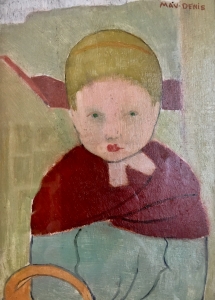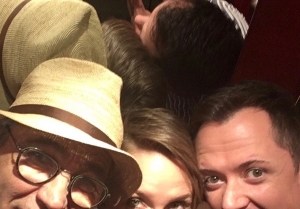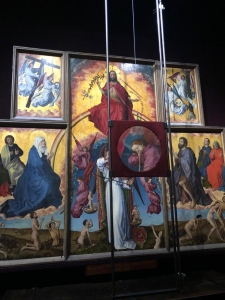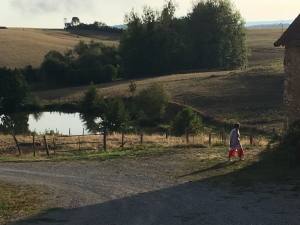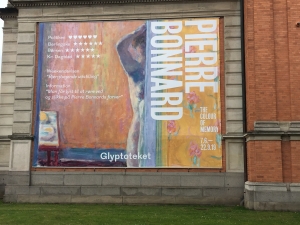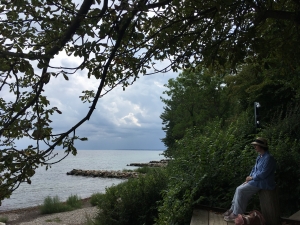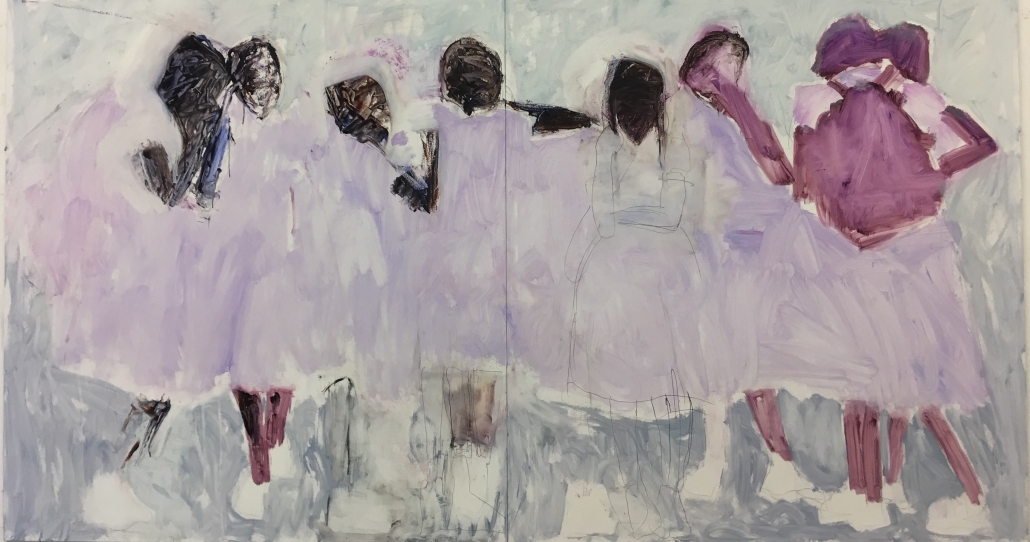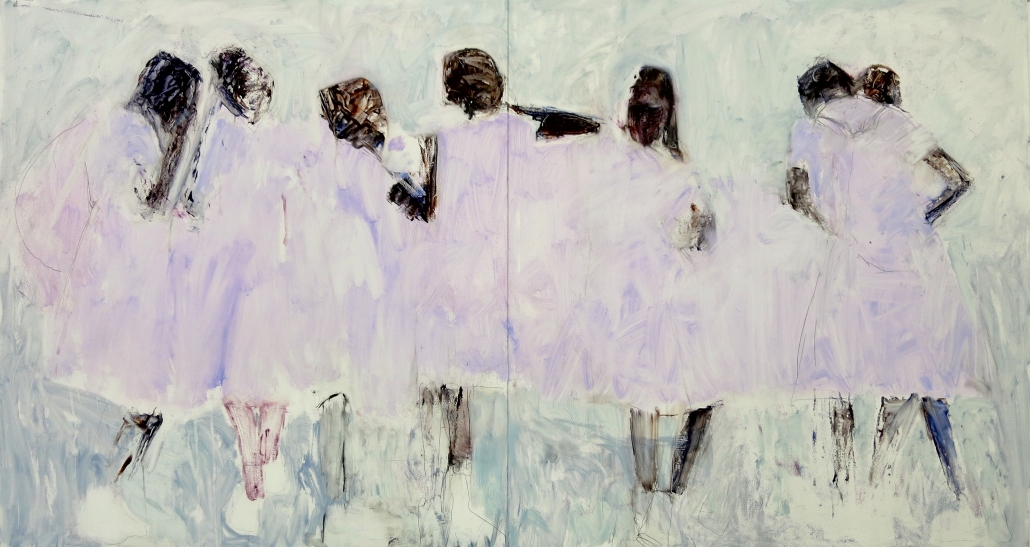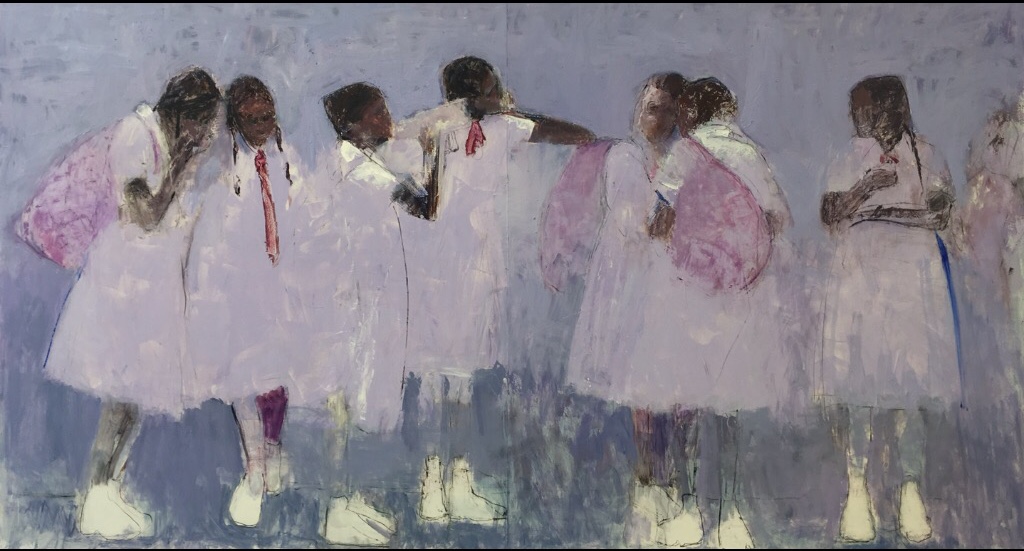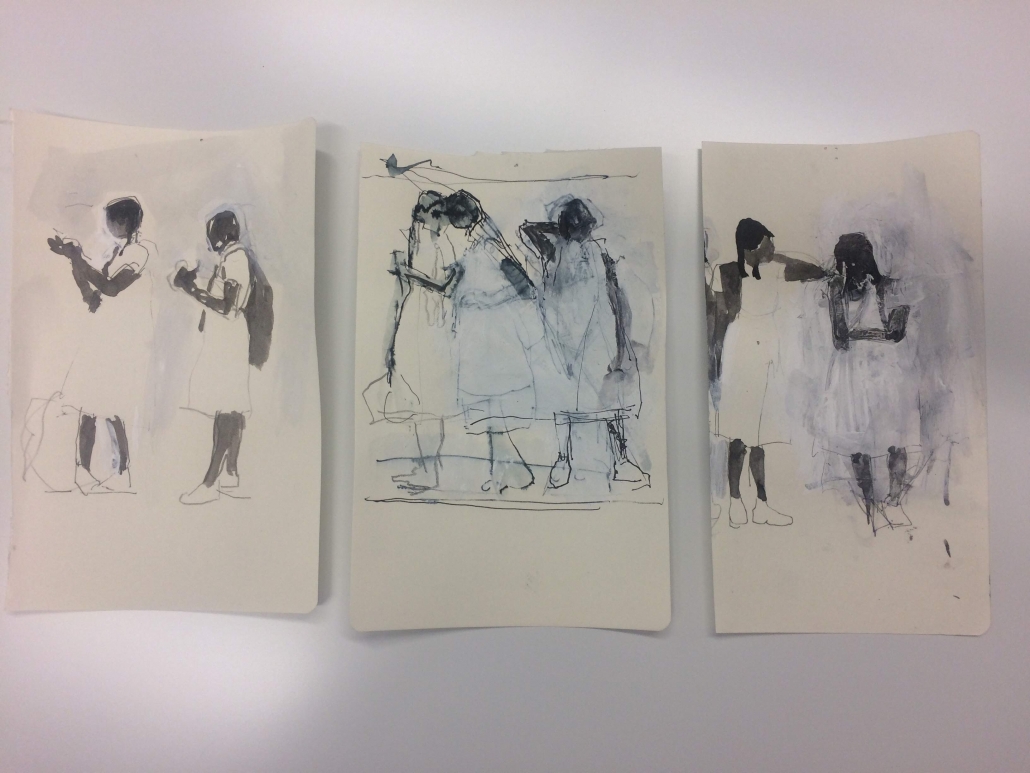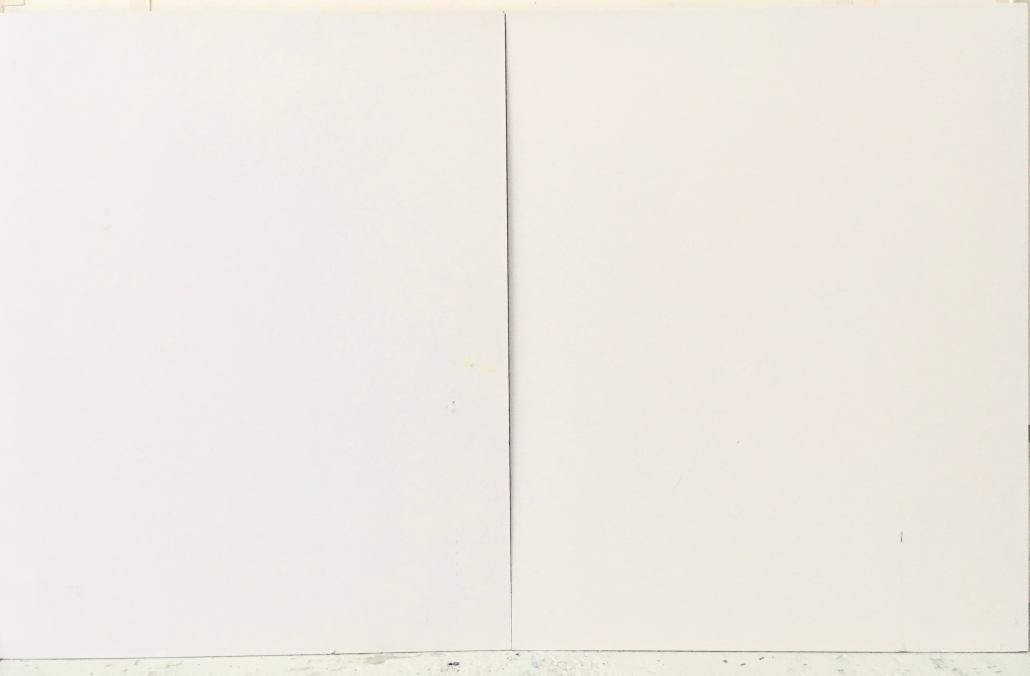Blasts from the Past (part 2)
Home
Back in Holland. But not empty handed….
The physically, emotionally and psychologically draining work of emptying my storage unit in New York is done. Sounds dramatic, but it’s not simply keeping what you want and tossing the rest. This was a final act of separation, from my country, culture and a good deal of my own creative effort. The actual disconnection took place some time ago, here in upstate NY I was performing the last rites. Over the years, flying back from wherever, I would look down at the Mondriaan-like, geometric landscape of Holland and feel empty and lost. Where was home? Not here and no longer there. The experience I’m describing was beautifully captured by Sofia Coppola’s 2003 film ‘Lost in Translation’. Writing this now I am indeed home, settled and happy in Amsterdam. My mind now flashes to the millions of refugees who were forced to escape violence and persecution in their native land, many of whom came to the Netherlands as well and began the difficult work of assimilating into a different culture. I, at least chose for it.
Nostalgia/Art
I have a live-in atelier in the center of Amsterdam. It’s perfect for me but expansive it is not. I made the decision to consolidate my life here and to stop with the storage units (for now..). The many sketchbooks, drawings and paintings I reviewed were not too difficult for the most part when it came to separating the wheat from the chaff. I kept what was good, potentially good and inspiring. Of course there were items that fell beyond the scope of ‘Art’. Awards, photos, invitations, written text. These I carefully sifted with the attitude of: ‘Nice to see you again’ and ‘Meaningful’. To a large extent I don’t need the past around me, I enjoy my life as a mindful ‘sort-of Zen Buddhist’. But there are touchstones that I’d like to have for the remainder of the journey. This pastel above of a stream in Accord, NY near Woodstock, comes under the heading of inspiring art.
Going forward
This small painting and the pastel above came along with me because I felt they were bridges connecting me to a possible future. The difficult decisions to leave things behind makes you aware of what you still carry with you. These excerpts from T.S. Eliot’s ‘Four Quartets’ will give you perhaps a better idea of what I’m trying to say:
“ There is no end, but addition: the trailing
Consequence of further days and hours,
While emotion takes to itself the emotionless
Years of living among the breakage
Of what was believed in as the most reliable—
And therefore the fittest for renunciation.”
And:
“With the drawing of this Love and the voice of this
Calling
“We shall not cease from exploration
And the end of all our exploring
Will be to arrive where we started
And know the place for the first time.”
